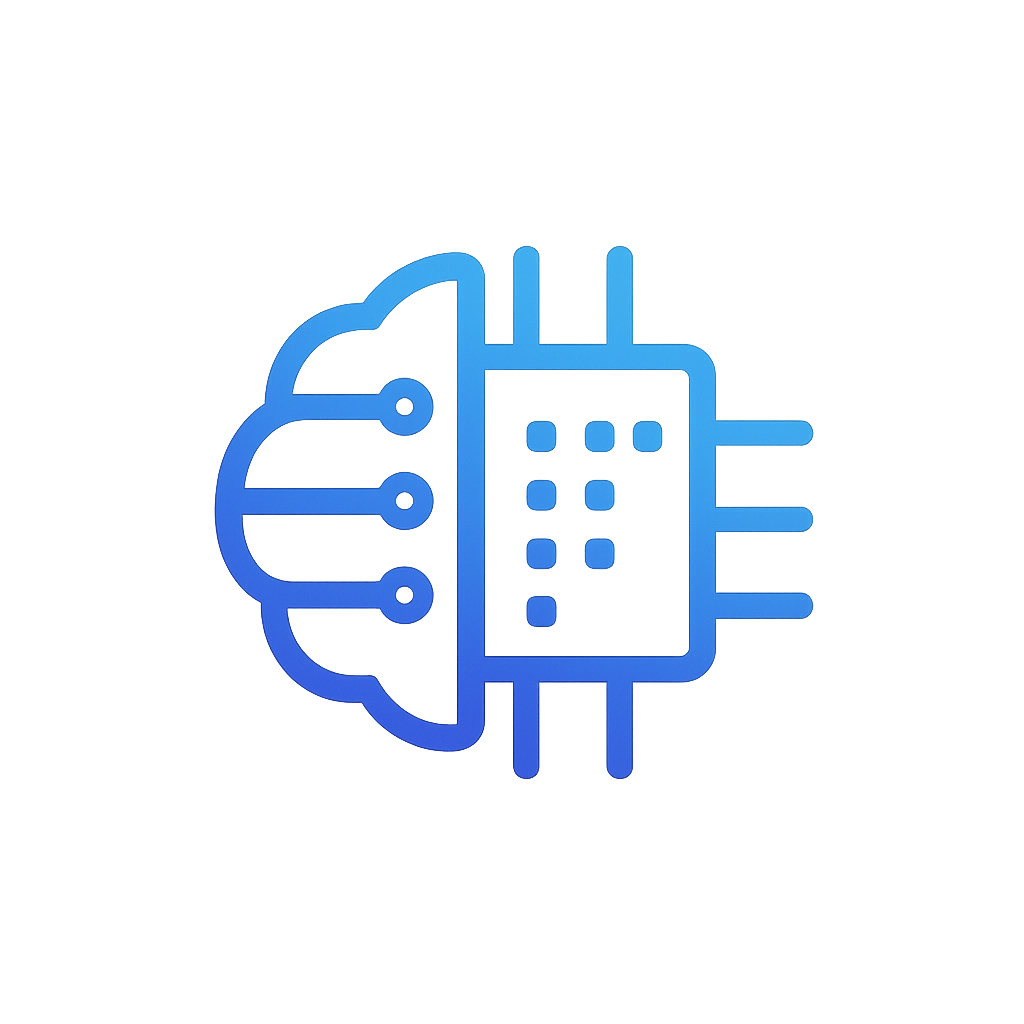GPT-4o Image Generation: 10 Practical Use Cases
Master OpenAI's latest image generation capabilities with real-world applications and expert prompting techniques
The Evolution of AI Image Generation
GPT-4o represents a significant leap forward in AI image generation, with particular improvements in text rendering, photorealism, and compositional understanding. Unlike previous models that struggled with text placement and accurate rendering, GPT-4o can generate images with readable, coherent text and maintain proper spatial relationships between elements.
This guide showcases 10 practical applications that leverage these advances, with specific prompting techniques you can apply immediately to your own projects. Each use case includes sample prompts and tips for achieving optimal results.
Key Improvements in GPT-4o Image Generation:
- Improved Text Rendering: Creates images with accurate, readable text in various styles and orientations
- Enhanced Photorealism: Generates more detailed, natural-looking images with better lighting and textures
- Better Compositional Control: More precisely follows instructions regarding layout and element placement
- Style Flexibility: Can blend multiple styles or selectively apply styles to specific elements
- Format Awareness: Better understands aspect ratios and format requirements
Effective Prompting Techniques
Before diving into specific use cases, let's explore some general prompting strategies that will help you get the most out of GPT-4o's image generation capabilities.
Tip #1: Be Specific About Format and Composition
Clearly specify aspect ratios, layout requirements, and the relationship between elements. For example, instead of "Create a product image," try "Create a 16:9 product image with the product centered against a white background, with the logo in the top right corner."
Tip #2: Describe Lighting and Atmosphere
Details about lighting dramatically improve results. Specify whether you want soft, harsh, directional, or ambient lighting, and mention the overall mood or atmosphere of the image.
Tip #3: Reference Specific Visual Styles
Mention recognizable art styles, photography techniques, or design movements to guide the aesthetic. For example, "in the style of art deco," "using minimalist design principles," or "with cinematic lighting like a Wes Anderson film."
Tip #4: Provide Text Formatting Instructions
When including text in your image, be explicit about font style, size relationships, and positioning. For example, "The headline should be in bold sans-serif font, twice the size of the body text below it."
10 Practical Use Cases with Examples
1. Product Mockups
Create realistic product mock-ups with accurate branding and text placement, perfect for visualizing concepts before production.
2. Website Banners
Design website headers and banners with integrated navigation elements and perfectly placed text that matches your brand guidelines.
3. Realistic Photos with Text
Generate photorealistic images that include accurate, readable text—perfect for mockups, educational content, or social media posts.
4. YouTube Thumbnails
Create eye-catching thumbnails with subject isolation, background replacement, and attention-grabbing text overlays.
5. Infographics
Generate data visualizations and infographics with accurate text labels, statistical information, and custom layouts.
6. Memes and Social Content
Quickly generate social media-ready content with properly formatted text captions in various meme styles.
7. Style Blending
Create images that blend different visual styles, applying specific aesthetics to select elements while maintaining cohesion.
8. Publication Mockups
Create magazine covers, newspaper front pages, and other publication designs with precisely placed text and logos.
9. Product Packaging
Design product packaging with accurate branding, regulatory information, and professionally laid out text elements.
10. Instructional Diagrams
Create clear instructional visuals with numbered steps, directional arrows, and properly labeled components.
Advanced Tips for Professional Results
Iterative Refinement
Don't expect perfect results on your first attempt. Use the initial generation as a starting point, then refine your prompt based on what worked and what didn't. "I like the composition but make the text larger and increase the contrast," for example.
Combine Multiple Techniques
The most impressive results often come from combining techniques from different use cases. For example, you might use style blending techniques when creating product mockups, or publication design principles when creating infographics.
Leverage Technical Terms
Using industry-specific terminology can significantly improve results. For photography, terms like "bokeh," "golden hour," or "rule of thirds" help the AI understand exactly what you want. For graphic design, terms like "kerning," "hierarchy," or "negative space" provide valuable context.
Consider the End Use
Always specify how the image will be used and viewed. Will it be seen on mobile devices? Printed on glossy paper? Projected on a large screen? This context helps GPT-4o optimize the composition, contrast, and detail level appropriately.
Limitations and Ethical Considerations
While GPT-4o's image generation capabilities are impressive, it's important to be aware of its limitations and use the technology responsibly:
- Copyright and Originality: Generated images may inadvertently resemble existing works. Always review outputs for potential copyright issues, especially when creating commercial content.
- Brand Representation: When creating mockups of branded materials, ensure they align with the brand's guidelines and don't misrepresent products or services.
- Quality Verification: Always carefully check text for errors, as even GPT-4o can occasionally produce text with subtle spelling or grammatical mistakes.
- Disclosure: When using AI-generated images in public-facing materials, consider transparency about their origin where appropriate.
Ready to Master AI Image Generation?
Subscribe to our newsletter to receive more AI image generation tips, tutorials, and early access to our upcoming guides on advanced prompting techniques.
Join Our Community